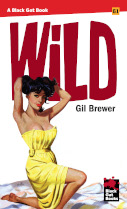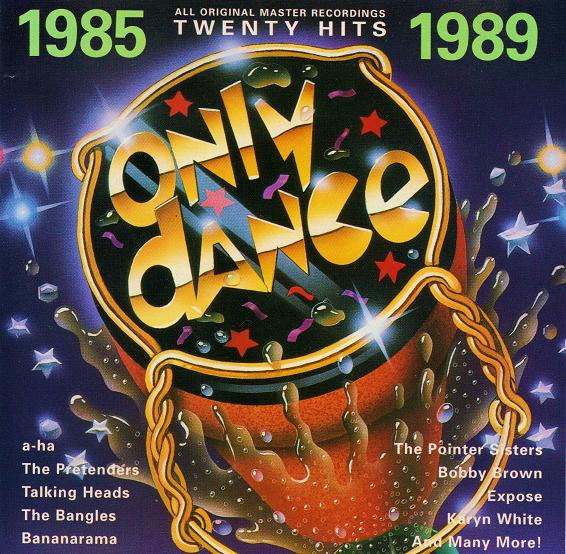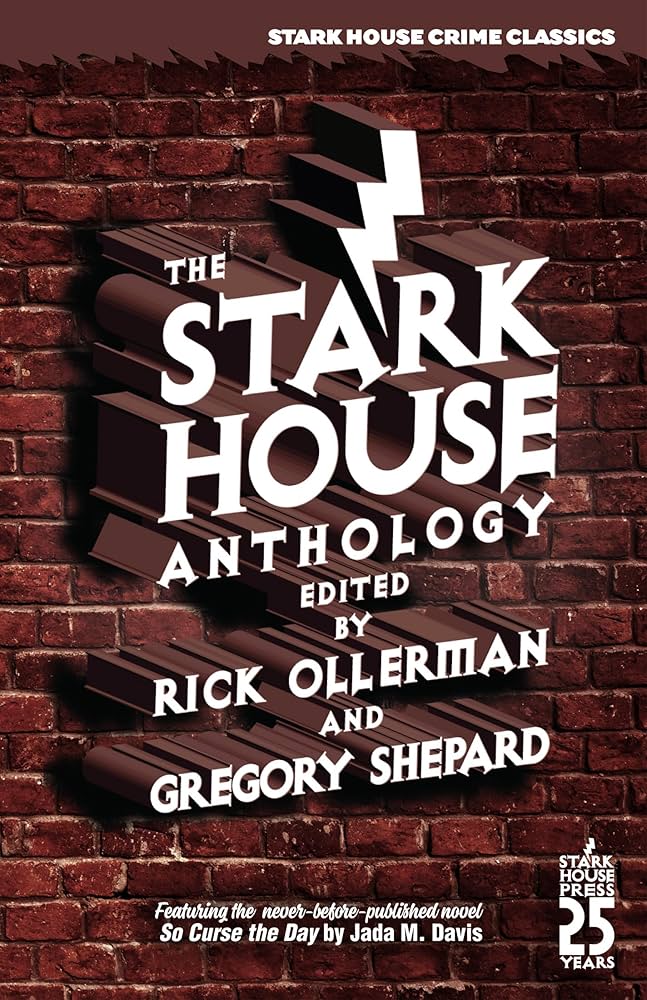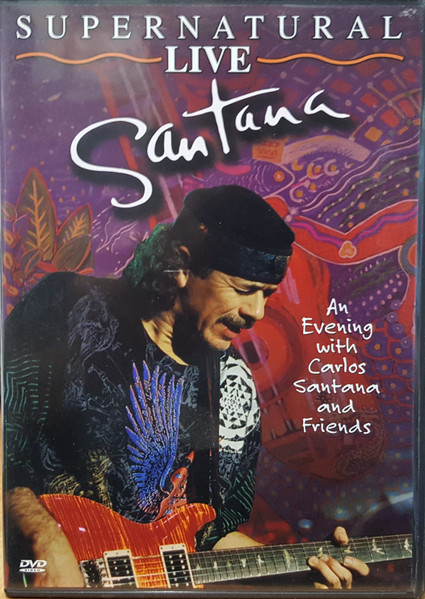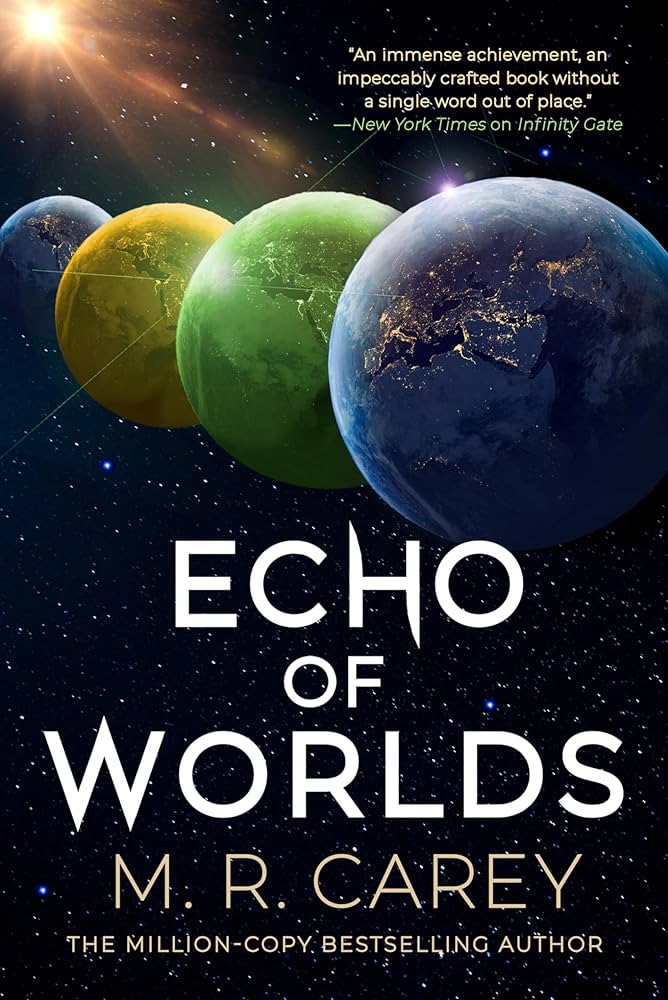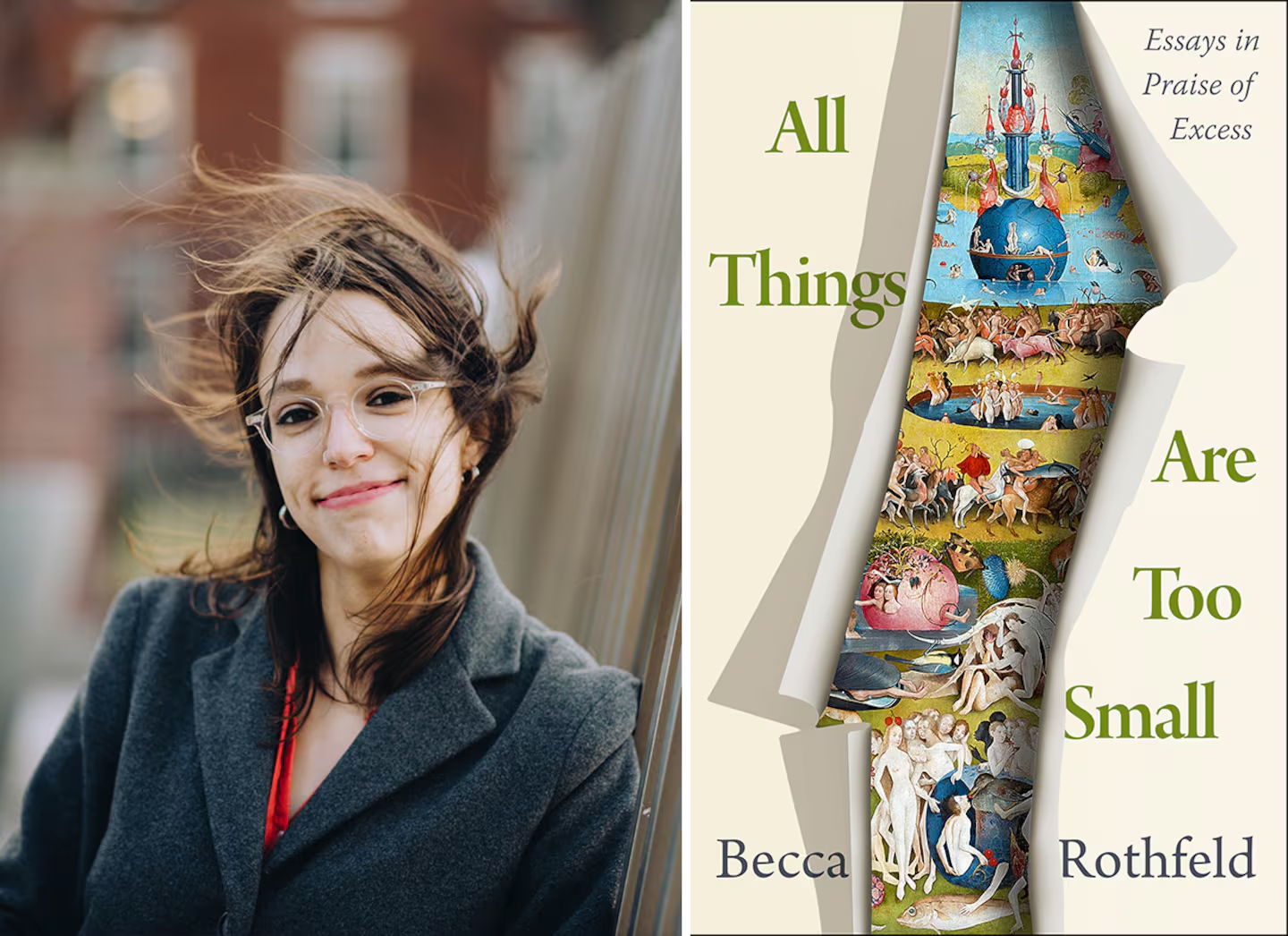
“My first year of college, I attempted suicide and was promptly hastened home by an ominously smiling administrator.” (p. 98)
“…I first navigated to Rachel’s profile, knowing that she was the person for whom Adam had left me.” (p. 139).
Becca Rothfeld doesn’t hold anything back in her collection of essays, All Things Are Too Small (2024). She writes about her suicide attempt, she writes about her online stalking the woman who Adam left her for.
And then there’s sex. “Most sex is mediocre, and the measure of its mediocrity is that it leaves us unaffected.” (p. 75). Rothfeld ruminates on relationships, marriage, infidelity, and pornography.
Yet, my favorite chapter in All Things Are Too Small is “Murder on the Installment Plan,” a deep dive into Rothfeld’s interest in murder. She starts the chapter with Hannibal Lecter and moves on to Poe and “The Murders in the Rue Morgue.” She defends Wilkie Collins from T. S. Eliot’s criticisms. Rothfeld likes W. H. Auden’s “A Guilty Vicarage.” She quibbles with S. S. Van Dine’s “Twenty Rules for Writing Detective Stories.” But her greatest admiration is for Raymond Chandler’s “The Simple Art of Murder” (1950). “Chandler’s novels are among my favorites, but I recall almost nothing about their plots.” (p. 95)
I came away from All Things Are Too Small with a sense that Becca Rothfeld is a very complicated person who needs to consider cutting back on her excesses. GRADE: B–
TABLE OF CONTENTS:
All things are too small — 1
More is more — 12
Ladies in waiting — 41
The flesh, it makes you crazy — 56
Murder on the installment plan — 82
Wherever you go, you could leave — 98
Other people’s loves — 139
Having a cake and eating it, too — 151
Only mercy : sex after consent — 168
Normal novels — 228
Two lives, simultaneous and perfect — 241
Our true entertainment was arguing — 253
Acknowledgements — 283


